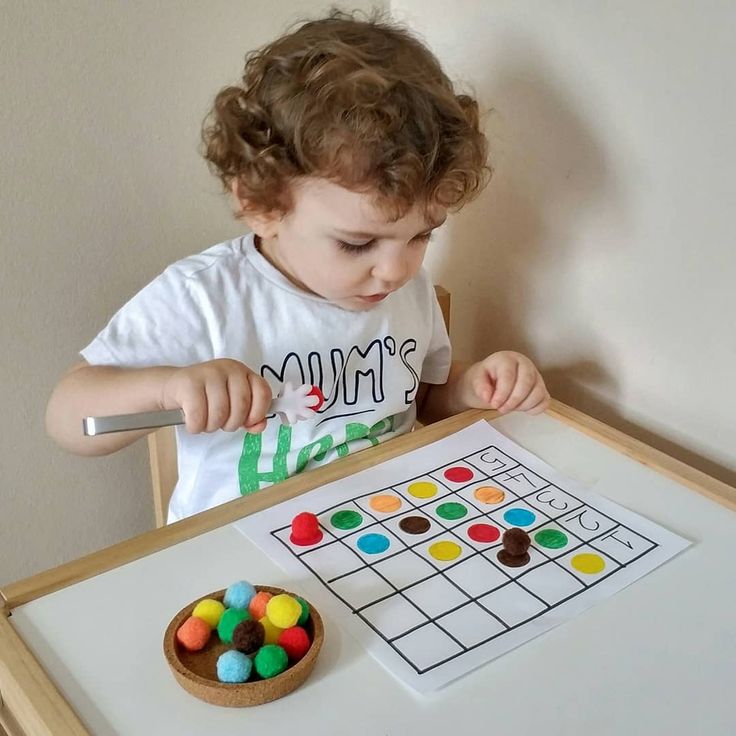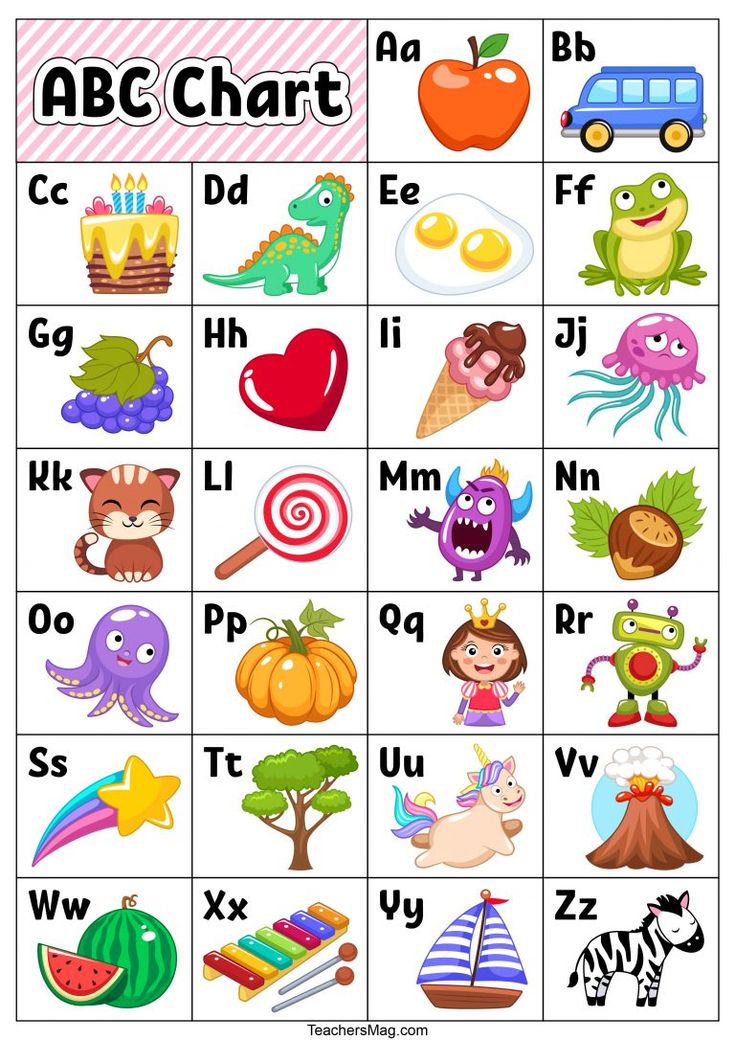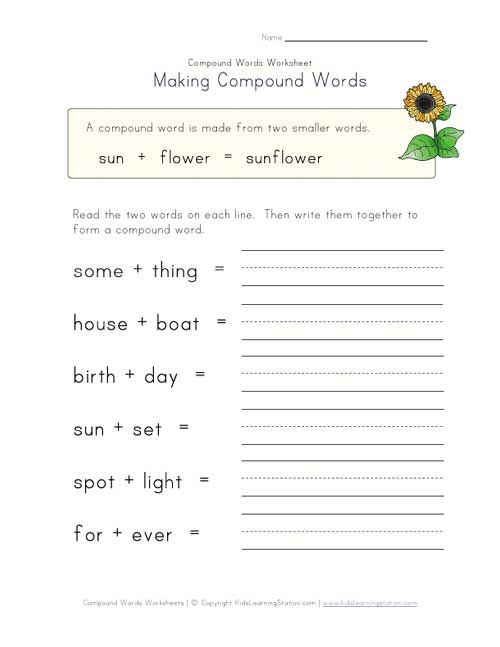My child learns
Walk through the Continents - Print Maps Large and Small
Print free maps large or small; from 1 page to almost 7 feet across; PC or Mac. For classroom and student use. MegaMaps requires Adobe Flash. Free online software—no downloading or installation.
Print out maps in a variety of sizes, from a single sheet of paper to a map almost 7 feet across, using an ordinary printer. You can print single page maps, or maps 2 pages by 2 pages, 3 pages by 3 pages, etc. up to 8 pages by 8 pages (64 sheets of paper; over six feet across!).Walk Through The Continents
Trace car trips; where grandparents and aunts and uncles and cousins live; the Oregon Trail and the Cumberland Gap; Huck Finn's journey; the Rocky Mountains, the Appalachians, the Mississippi River, the Columbia River and the Colorado, label states… There are any number of ways to use these maps.
They can be large enough to see clearly from across the room, and to contain many different types of information.
After printing the map pages lay them out to determine the proper order. A one page map may help. Starting at the upper left corner (the northwest corner), trim the pages on the right and bottom edges. Be sure not to trim the bottom edges of the bottom row of the map or the right edges of the right column. Take the upper left corner sheet and overlap it onto the sheet to its right. Tape them and then continue across to complete the top row. Add rows one at a time.
Maps are a fundamental teaching tool. “Where” makes the lesson real and puts it into context. Too often maps for classroom use are too expensive for direct contact with students, let alone being personalized by learning activities. Free maps that can be used by students bring map activities to life. Large wall maps created by the class and individual maps created by each student increase learning, enliven the classroom and show parents the student’s progress.
Large wall maps created by the class and individual maps created by each student increase learning, enliven the classroom and show parents the student’s progress.
These free maps are great for use in the classroom because they can be easily printed in a range of sizes for different purposes, and because the students can write, draw, and mark on their own copies of them.
• Print out a large map for the front of the classroom, for the teacher to explain the material on, and a single page map for each student to show what they have learned.
• Print out a multi-page map of the US or the world, and have groups of students assemble it together, like a puzzle. This is great for learning where places are in relation to each other.
• Use Printable maps of the all of the United States to teach the geography and history of each state. State maps are made to print on color or black and white printers. Maps print full size automatically with any computer printer.
State maps are made to print on color or black and white printers. Maps print full size automatically with any computer printer.
• Outline maps can be made to show political, environmental, physical, economic and historical information. Make multiple copies of a map, and students can show different features of the place on the map—historical events, physical/geologic features, land use—urban, farm, suburban, etc. political—states, borders, capitals, family histories, wildlife, habitat, types of environment—grassland, forest, agriculture, changes in one place over time and many more.
By coloring and writing on the map, students make it “their own”. Map work moves from rote to fun. The larger map format not only allows more detail because of its larger scale, it also makes it easy for several student to work together on one map. Students can each have a small map, while the teacher explains material on a larger map at the front. Maps to complement a variety of lessons. Have your students learn WHERE it happened.
Students can each have a small map, while the teacher explains material on a larger map at the front. Maps to complement a variety of lessons. Have your students learn WHERE it happened.
MegaMaps Map Sizes:
As the maps all have different proportions, these are the maximum sizes. The printed map will usually be smaller in one dimension.
8 ½ x 11
(inches)
2 x 2 = 16 ½ x 21 ½
3 x 3 = 24 ¾ x 32 ¼
4 x 4 = 33 x 43
5 x 5 = 41 ¼ x 53 ¾
6 x 6 = 49 ½ x 64 ½
7 x 7 = 57 ¾ x 75 ¼
8 x 8 = 66 x 86
A4
(mm)
2 x 2 = 410 x 580
3 x 3 = 615 x 870
4 x 4 = 820 x 1160
5 x 5 = 1025 x 1450
6 x 6 = 1230 x 1740
7 x 7 = 1435 x 2030
8 x 8 = 1640 x 2320
Stalk Through The Continents
We welcome all comments on your experience with our maps and software.
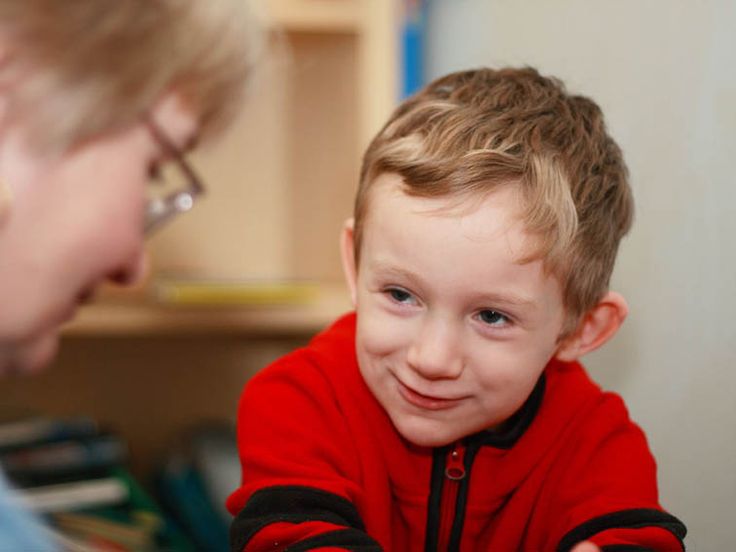
E-Mail us at: "Owl and Mouse" <owlmouse at yourchildlearns dot com>
All Material Copyright 1998-2016 Owl and Mouse Educational Software except as noted.
All pages and downloadable software may be freely used for individual and classroom instruction but may not be sold, redistributed or reposted without permission.
Javascript and CSS coding by Ashton Shapcott.
Privacy Policy Terms of Service About Us
Learning Disabilities & Differences: What Parents Need To Know
By: Jennifer Zubler, MD, FAAP
Children learn many skills in life—how to listen and speak, for example, or how to read, write, and do math. Some skills may be harder to learn than others. If your child has had appropriate learning experiences and instruction, but is not able to keep up with peers, it's important to find out why and how to help.
Children who learn and think differently can succeed in school, work, and relationships. Often, they can benefit from help that uses their strengths and targets any areas of need.
Often, they can benefit from help that uses their strengths and targets any areas of need.
What is a learning disability (LD)?
Learning disability is a term used to describe a range of learning and thinking differences that can affect the way the brain takes in, uses, stores, and sends out information. Some children have specific learning disabilities (also known as LDs), such as reading or math disabilities. Others may have conditions that affect learning like attention deficit/hyperactivity disorder (ADHD) or hearing loss. Many children with learning differences and difficulties can have more than one learning disability or condition that affects learning.
What causes learning difficulties?
There are many reasons why a child may have difficulties learning. The causes aren't always known, but in many cases children have a parent or relative with the same or similar learning and thinking differences and difficulties. Other risk factors include low birth weight and prematurity, or an injury or illness during childhood (for example, head injury, lead poisoning, a childhood illness like meningitis).
How do I know if my child has learning differences and difficulties?
Learning and thinking differences aren't always obvious, but there are some signs that could mean your child needs help. Keep in mind that children develop and learn at different rates. Talk with your child's teacher and let your child's doctor know if your child shows any of the following signs:
How We Found Answers & Support
By Jon Morin
As a baby and toddler, my son Benjamin met or exceeded every developmental milestone on the list. He was stacking dozens of blocks by the time he should have been able to stack several. He talked very early and was reading at some level by 2 years old. I was thrilled to have such a bright, happy, and active kid.
Still, there was something different about this child. He seemed to never stop moving—his body or his brain. He was alert and aware all the time, never napped, and hardly ever slept for more than a few hours at a time. He wasn't fussy, but he just seemed to be on 24-7.
He wasn't fussy, but he just seemed to be on 24-7.
Once Benjamin was in preschool, his differences became more apparent. He was more active than the other kids—always bouncing in his chair or walking about the room. When he was concentrating hard or excited, he would flap his arms and legs. He was very sensitive to textures and sounds. Benjamin seemed anxious, too.
I didn't know what it all meant, but I knew it wasn't the norm. My wife was worried, too. As a former early intervention specialist, she knows a lot about child development. But even with all that knowledge in our household, we still didn't know what was going on. So we talked it over and decided I would take him in to see the pediatrician.
I wasn't sure about the appointment. I didn't know what to ask, and I didn't know if the pediatrician would know what to do with my concerns. So instead of asking questions, I just described my observations on what seemed different to me. I described his constant motion, his anxiety, and his sensitivities. I described his repeated questions and repetitious activities and how he would line up his toy cars into rows and talk about them just as much as playing with them.
I described his repeated questions and repetitious activities and how he would line up his toy cars into rows and talk about them just as much as playing with them.
Our pediatrician listened intently and asked some clarifying questions. When I was done describing, right away he knew what our next step should be: He referred us to a developmental-behavioral pediatrician who specializes in neurology.
I was relieved to have a clear course of action. The developmental-behavioral pediatrician did the appropriate assessments and ultimately gave my son his diagnoses of ADHD and autism spectrum disorder.
I had mixed emotions when Benjamin got the diagnoses. But I was so grateful to our pediatrician for helping us get answers. Benjamin now gets the support and services he needs to thrive. He really is a happy and fun kid, and he doesn't consider having ADHD or autism labels. They are just part of his identity.
Thanks to the help of the pediatrician, our family is set up for success. Not all children with learning differences will need to see a specialist or have the same diagnosis as our son. I encourage you to talk with your pediatrician to help figure out what is best for your child. I'm so glad we had the conversation.
Not all children with learning differences will need to see a specialist or have the same diagnosis as our son. I encourage you to talk with your pediatrician to help figure out what is best for your child. I'm so glad we had the conversation.
Jon Morin is a contributing blogger for Understood.org, which encourages parents to
Take N.O.T.E.
- Notice if anything is out of the ordinary.
- Observe behaviors to determine patterns.
- Talk to a teacher, social worker or caregiver to validate.
- Engage with trusted professionals, like pediatricians.
Preschool children may have:
Delays in language development.
 By 2½ years of age, your preschool-age child should be able to talk in phrases or short sentences.
By 2½ years of age, your preschool-age child should be able to talk in phrases or short sentences.Trouble with speech. By 3 years of age, your child should speak well enough so that adults can understand most of what they say.
Trouble learning colors, shapes, letters, and numbers.
Trouble rhyming words.
Trouble with coordination. By 5 years of age, your child should be able to button clothing, use scissors, and hop. They should be able to copy a circle, square, or triangle.
Short attention spans. Between 3 to 5 years of age, your child should be able to sit still and listen to a short story. As your child gets older, they should be able to pay attention for a longer time.
Frustration or anger when trying to learn.
School-aged children and teens may find it difficult to:
Follow directions.
Get and stay organized at home and school.
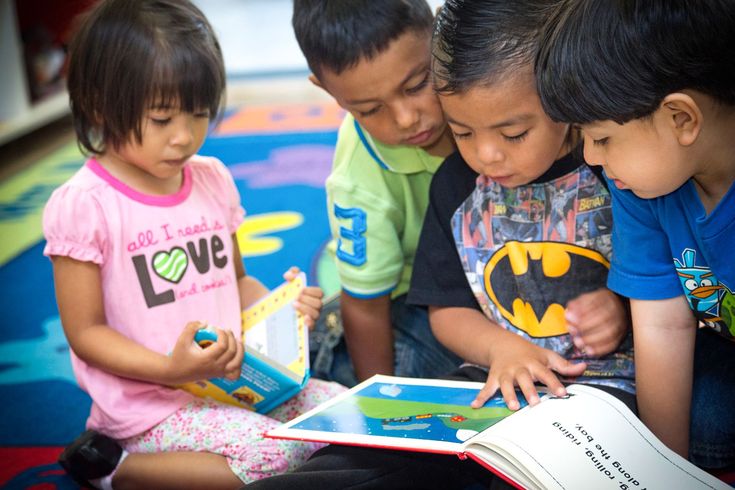
Understand verbal directions.
Learn facts and remember information.
Read, spell, or sound out words.
Write clearly (may have poor handwriting).
Do math calculations or word problems.
Focus on and finish schoolwork.
Explain information clearly with speech or in writing.
Is there a cure for learning disabilities?
There is not necessarily a "cure" for learning disabilities, but there are many ways to help children and families manage them in a way that helps children learn and thrive in life. Be wary of people and groups who claim to have simple answers or solutions. You may hear about eye exercises, body movements, special diets, vitamins, and nutritional supplements. There's no good evidence that these work. If in doubt, talk with your child's doctor. Also, you can contact trusted resources like the ones listed at the bottom of this page for more information.
Who can help?
Talk with your child's doctor and teachers about any learning struggles you notice. Pediatricians can evaluate developmental delays and other conditions that may be contributing to learning difficulties. They can also refer you to specialists in neurodevelopmental disabilities, developmental and behavioral pediatrics, child neurology, or child psychology, for example. Teachers and other education specialists perform screening or evaluation tests to identify problems and determine if early interventions or school-based supports can help. Most school evaluation teams include psychologists and learning specialists.
4 ways parents can help children who learn and think differently
In addition to working with your child's teachers and doctors, you can help support your child with learning disabilities and difficulties. For example:
Focus on strengths. All children have things they do well and things that are difficult for them.
 Find your child's strengths and help them learn to use them. Your child might be good at math, music, or sports. She could be skilled at art, working with tools, or caring for animals. Be sure to praise your child often when she does well or succeeds at a task.
Find your child's strengths and help them learn to use them. Your child might be good at math, music, or sports. She could be skilled at art, working with tools, or caring for animals. Be sure to praise your child often when she does well or succeeds at a task.Develop social and emotional skills. Learning differences combined with the challenges of growing up can make your child sad, angry, or withdrawn. Help your child by providing love and support while acknowledging that learning is hard because their brain learns in a different way. Try to find clubs, teams, and other activities that focus on friendship and fun. These activities should also build confidence. And remember, competition isn't just about winning.
Use resources & support groups to help you learn more about parenting a child with learning difficulties. Learning and thinking differences are common. You and your child are not alone in this journey.

Plan for the future. Many parents whose child learns and thinks differently worry about the future. Help your child plan for adulthood by encouraging them to consider their strengths and interests in education and career choices. Remind them that learning differently isn't tied to how smart they are. In fact, many people with learning difficulties are very bright and grow up to be highly successful at what they do. Special career and work programs can help build confidence by teaching decision-making and job skills. Many colleges have programs to support students who learn and think differently successfully earn a degree.
Remember
Children who learn and think differently can thrive with the right support. The sooner you know what's going on with your child, the sooner you can get your child help. Talk with your child's teachers and doctor if you have any concerns about your child's learning.
More information
- What to Do If Your Child Is Falling Behind at School
-
ADHD & Learning During COVID-19
- Ask the Pediatrician:
I've heard that if a baby skips crawling, they may have trouble reading later.
 Is this true?
Is this true? - Ask the Pediatrician:
How can I help my child, who has a developmental disability, cope during COVID-19?
- Understood.org: Take N.O.T.E.
-
Council for Exceptional Children
-
Learning Disabilities Association of America
- Learning Disabilities Worldwide
- National Center for Learning Disabilities
- Office of Special Education and Rehabilitative Services
About Dr. Zubler
Jennifer Zubler, MD, FAAP, is a board-certified pediatrician who serves on the executive committee of the American Academy of Pediatrics Section on Developmental and Behavioral Pediatrics. She completed a Leadership Education in Neurodevelopmental Disabilities fellowship at Georgia State University (GA-LEND) where she continues to mentor trainees. In addition, Dr. Zubler volunteers as the coordinator of a multidisciplinary developmental and behavioral pediatric clinic in Georgia.
The information contained on this Web site should not be used as a substitute for the medical care and advice of your pediatrician. There may be variations in treatment that your pediatrician may recommend based on individual facts and circumstances.
The child does not want to study: how to solve this problem
Finding the motivation to study is not so easy even for adults. It is even more difficult with children: lessons can be boring, seem boring and useless. We tell you how to ignite a spark in a child and motivate him to study
About the expert: Daria Ostrovskaya, Head of the Knowledge Measurement project at Uchi.ru.
Many parents are faced with a situation where the child does not want to study. Children, especially younger ones, do not know how to work independently with motivation. For many, studying becomes a boring duty in which they do not see much point. The child loses interest, the desire to study, and grades worsen. He is more interested in sitting on the phone, watching funny videos and spending time with friends. The first thought that may come to the mind of a parent is to force.
He is more interested in sitting on the phone, watching funny videos and spending time with friends. The first thought that may come to the mind of a parent is to force.
But coercion is not the most effective way: the child may begin to resist even more. To cope with the problem, you should first look not for ways to solve it, but for the roots. Lack of motivation, for example, may be related to the teacher-student relationship. The careless words of the teacher thrown during the lesson can instill dislike for the subject and affect the desire to learn. Other possible causes include poor relationships with classmates, bullying, low self-esteem, and being overworked.
If a child feels insecure, pressured by a teacher or other students, then a similar attitude from the parent will only drive him into a corner. The first thing to do if a child has lost motivation to learn is to try to talk to him and do it in the most friendly way. Ask about relationships with teachers, classmates, find out if he gets tired and what can be done to make him feel better. To say that you understand him, because you yourself went through your school years and you know how difficult it is. The child must see that he has support from the parent and he has someone to turn to for help. In cases where the child closes and does not want to make contact, you can connect a child psychologist who will help to cope with the situation.
To say that you understand him, because you yourself went through your school years and you know how difficult it is. The child must see that he has support from the parent and he has someone to turn to for help. In cases where the child closes and does not want to make contact, you can connect a child psychologist who will help to cope with the situation.
The main thing is to remember that the lack of interest in learning does not mean that something is wrong with the child. The unwillingness to study can be compared with the unwillingness of an adult to work. It often occurs with problems with the team, rude bosses, monotonous tasks and overwork. As soon as a person finds a job he loves, where he is well treated, supported and offered tasks similar to his interests, his motivation grows and he begins to work with pleasure. The same thing happens with a child. If you change the approach to learning, he will become interested, and all problems will become a thing of the past. It is important to know where to look for trouble spots.
The child does not learn a specific subject
Let's imagine a situation where a child - a good student or an excellent student - cannot pass one specific subject and constantly flunks it. There may be several reasons for this.
- The child does not get along with the teacher
In this case, dislike for the teacher can be projected onto dislike for the subject. If a child complains about the teacher, it is worth understanding the reasons for this situation. First, you should listen to the child's version, then arrange a meeting with the teacher and, in a calm tone, without generating a new conflict, listen to the second point of view. Perhaps through such conversations it will be possible to come to a peaceful solution to the situation and improve relations between the student and the teacher. If not, you can pay attention to courses that will help improve the child's knowledge of the subject.
- Too many jobs
The child does not have time to complete the tasks in the subject, falls behind the program, and his performance falls.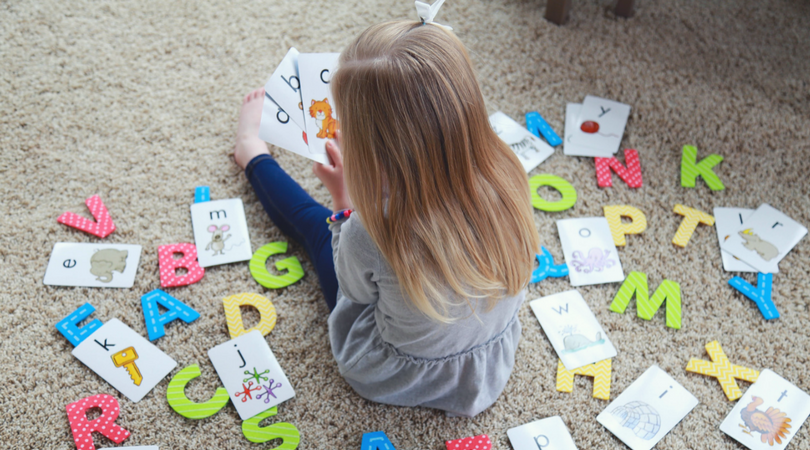 In this case, it is worth talking with the parents of other children. If the situation is similar for the whole class, contact the teacher collectively. If the problem has affected only one child, he should be helped with homework and try to deal with the difficulties together.
In this case, it is worth talking with the parents of other children. If the situation is similar for the whole class, contact the teacher collectively. If the problem has affected only one child, he should be helped with homework and try to deal with the difficulties together.
- It is difficult for a child to learn a subject
Literature and social studies come easily to him, but mathematics causes continuous difficulties. Probably, in adulthood, he will go to work in the humanitarian fields, and mathematics will not become his priority. So don't push or demand. If the child cannot close the course even with the minimum score, he should be helped - the parents' explanations can be simpler and clearer than the teacher's words. It may be worth resorting to the help of educational platforms or a tutor.
The child does not want to go to the courses
Parents who approach their child's upbringing with all responsibility can think about his professional future in advance. They usually enroll the child in courses in these areas, and he often resists and does not want to study the program. The reasons for this may also be different.
They usually enroll the child in courses in these areas, and he often resists and does not want to study the program. The reasons for this may also be different.
- This item is not suitable for a child
Parents may believe that English is necessary for any person for professional and personal development, while the child does not want to learn it at all. In this case, you should not by hook or by crook try to master it. If additional classes and proper work with motivation do not help, you can try to learn other languages or skills. Perhaps they will interest him more, and he will begin to study with pleasure.
- This course is not suitable for the child
When choosing courses, pay attention to teaching methods. One of the safest options is courses with gamification: with this approach, game mechanics are included in the training. Coloring pages, cartoons and relay races, an element of competition are added to complex tasks. Study ceases to be boring and uninteresting, the child begins to study with pleasure. Through this approach, you can fall in love even with those objects for which there was no initial predisposition.
Study ceases to be boring and uninteresting, the child begins to study with pleasure. Through this approach, you can fall in love even with those objects for which there was no initial predisposition.
The child quickly drops out of school
There are cases when the child as a whole shows interest in activities, but cannot study one subject for a long time. Parents do not understand where his motivation disappears and what to do to return it.
- The child is constantly distracted and cannot concentrate
One of the possible causes is trouble concentrating. Perhaps the child has neurological deviations, and it should be shown to a specialist. If no problems are found, you can turn to techniques that increase memory and concentration. For example, play "find the five differences", "find the object" and learn how to assemble puzzles.
- Child drops out of electives
He asks to enroll him in Chinese lessons, in a sports section or an art school, and after a month he drops everything and stops studying.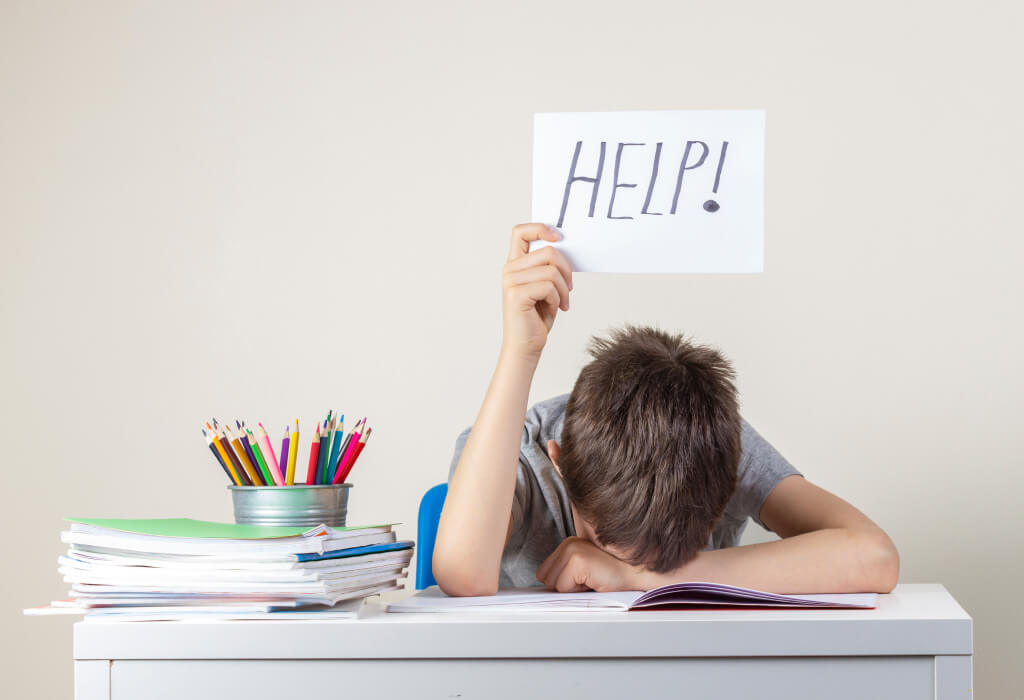 Among the most common reasons are increasing workload over time and the fear of failure. In any of these options, it is worth talking to the child, supporting him and saying that he will cope with everything. Give him confidence in himself. To say that everyone faces difficulties, and overcoming them is an important part of growing up. If you approach him with the words: “we paid for everything, you have to do it” - this will only increase stress. If the child initially asked to enroll him in an elective course, then he has an interest in classes. It needs to be revived through support and understanding.
Among the most common reasons are increasing workload over time and the fear of failure. In any of these options, it is worth talking to the child, supporting him and saying that he will cope with everything. Give him confidence in himself. To say that everyone faces difficulties, and overcoming them is an important part of growing up. If you approach him with the words: “we paid for everything, you have to do it” - this will only increase stress. If the child initially asked to enroll him in an elective course, then he has an interest in classes. It needs to be revived through support and understanding.
A child constantly plays with gadgets
The problem of parents in the 21st century is a huge number of gadgets that distract children from their studies. A child is more interested in playing computer games than reading or solving math problems. Sometimes the attachment to the gadget becomes so strong that it is impossible to tear the child away from the screen and convince them to do their homework.
To cope with the problem, you can integrate training into smartphones or computers. Modern educational methods have gone so far that there is a wide variety of phone applications, computer games and VR-based activities that captivate children and educate them at the same time. For example, to move to the next level of the game, the child needs to find a solution to an equation or answer a question about the content of the poem. The atmosphere of the game draws the child in, and he is passionately trained to the bottom.
The best option is to find courses that use game-based learning. Gamification is one of the most effective methods of increasing engagement, and for children, play is basically a natural process. We at Uchi.ru have been researching and finding effective education gamification tools for a long time, constantly adapting and embedding them into our platform.
The main thing to remember is that if a child is distracted, lazy, does not show interest in learning, then any pressure will only aggravate the situation. It is necessary to create an atmosphere in which the child will begin to share his experiences, will not be afraid to approach with problems and will know that he will always find support in the person of the parent. With this type of trusting relationship, it will be easier to find problematic points in learning and instill in the child a desire to study well.
It is necessary to create an atmosphere in which the child will begin to share his experiences, will not be afraid to approach with problems and will know that he will always find support in the person of the parent. With this type of trusting relationship, it will be easier to find problematic points in learning and instill in the child a desire to study well.
What to read on the topic
- Mel's article about game models in school education;
- Material "Habr" about how the involvement of children affects the achievement of goals and the pleasure of education;
- A selection of memories of now successful IT professionals about their school years on vc.ru.
Materials of RBC Trends:
- How to help a child choose a future profession;
- How to instill in a child a love for foreign languages;
- Separately - how to instill in a child a love of reading in general;
- Why digital technologies are the future of school education.

Personal experience: my child is studying in England
"Oh!" continues its round-the-world journey through kindergartens and schools around the world, and today we are going to England. There are several reasons why many parents dream that their children study in the UK: the highest level of education, fluent English without an accent, a prestigious diploma. "O!" asked the mother of 7-year-old Alexandra, Ekaterina Zenkovich, to honestly talk about how it is to study at a private school in London.
Ekaterina Zenkovich
How a private school works in England
Alexandra studies at a private school at the Year 2 level, in Russian it is the second grade. There are a good number of model public schools around London that you can go to for free, but we live in the city centre, and here the situation is a little different. As in Russia, you can apply to the 5 closest schools (it seems no more than 250 meters door to door in a straight line), but you must understand that even if you live in the next street, priority will still go to the parents whose older children are already in this school. Therefore, the result of your application is completely unpredictable.
Therefore, the result of your application is completely unpredictable.
For example, this year many brothers and sisters of active students are entering the school, and suddenly your child is not enrolled, but is in a randomly selected public school offered to you as an alternative to your wishes. That's why most wealthy parents choose private schools, where one quarter will set you back between £4,500 and £8,500, depending on the school. And that's just daytime. If you want to send your child to a boarding school, that is, full board, the prices will be much higher.
Moreover, the competition for a place in a prestigious private school is enormous! This is a real ticket to life, so the choice of an educational institution begins approximately from the moment of pregnancy and becomes almost more important for parents than the process of choosing a name for a child.
The academic year in England starts at the beginning of September and is divided into three parts: autumn, winter and spring. In the middle of each trimester there is a week of vacation, between trimesters - at least two weeks, and at Christmas and Easter usually get even a little more.
In the middle of each trimester there is a week of vacation, between trimesters - at least two weeks, and at Christmas and Easter usually get even a little more.
Lessons start at 8:15 and end at 15:15. Alexandra has 12 children in her class. In the middle of the school day, students are fed lunch. The menu is very diverse, by the way, it is sent to parents by e-mail every month for review. There is fish, and meat, and chicken, and pasta, and salads, and desserts - in general, anything. Children are also allowed to bring snacks from home, but only very correct ones: fruits, vegetables, natural yogurt.
In the UK, children are not forced to study, and this is the main difference between the English education system and the same French, German or Russian. Here, children cultivate a love of knowledge. They are treated like small adults, and no one will insist on any special achievements. More importantly, they know how to praise! If the child has the ability to do mathematics - excellent, they will not make him a great mathematician, but they will always praise him for it, and in English lessons, for example, they will help. In general, the British like everyone to be on the same level.
In general, the British like everyone to be on the same level.
Features of the educational process
Schools in the UK are divided into Primary and Secondary. Primary goes to children aged 4 to 10, and Secondary - from 11 to 16 (and some up to 18). In Secondary school, children are accepted according to the results of exams, so preparing for them is very important! Most parents even hire tutors for their children.
An ordinary day at a London school is not much different from our usual Moscow schedule: the children have different lessons: a foreign language, mathematics, sports, drawing, music, there are breaks between them. After the lessons, if desired, you can engage in some additional disciplines right at school.
As a rule, there is no process of adaptation to school here. In England, children at the age of 4 already go to kindergarten, and before that they go to kindergarten from the age of two, and both of these institutions are very similar in principle.
For example, in the senior group of the kindergarten there are tables for classes, just like in adult students, and in the zero grade, teachers try to create an atmosphere familiar to children, almost kindergarten.
Principal and school management are happy to hold meetings with parents. For example, once a month, on Thursdays, we come to school in order to look at textbooks, leaf through notebooks, talk with the teacher about the progress of the child. Moreover, this is not a parent meeting, but just such a special day. If you want to meet with the teacher one on one, you just have to call or write about your desire in the diary. The teacher will make an appointment for you in the morning or after class.
What students are asked to take home
We only got homework this year, that is, in the second grade, and it is quite simple. Since September, every day we were given a new book to read, not complicated and corresponding to the level of knowledge of the child. Over the course of the year, we progressed, the books became thicker, the words became more difficult, and there were fewer pictures. Now we are already reading a big book with chapters. In mathematics, students are given one "homework" per week. Usually it is 2-3 pieces of paper that we have to bring to school on Wednesday. But in English there is homework every day: these are 10-11 new words that we must master this week. At the end of the week, children write a dictation, and also hand in an essay of 5-6 sentences using all these words. I don’t help Alexandra with the lessons, she does them herself, and I just check. We just read together.
Over the course of the year, we progressed, the books became thicker, the words became more difficult, and there were fewer pictures. Now we are already reading a big book with chapters. In mathematics, students are given one "homework" per week. Usually it is 2-3 pieces of paper that we have to bring to school on Wednesday. But in English there is homework every day: these are 10-11 new words that we must master this week. At the end of the week, children write a dictation, and also hand in an essay of 5-6 sentences using all these words. I don’t help Alexandra with the lessons, she does them herself, and I just check. We just read together.
How is extracurricular life
Parents are involved in the educational process as much as they want. In our class, I am the only working mother, the rest take care of children and stay at home. Fairs are often held at our school, there are evenings for parents, performances and concerts, charity draws, in general, a lot of things, there would only be a desire to participate.





